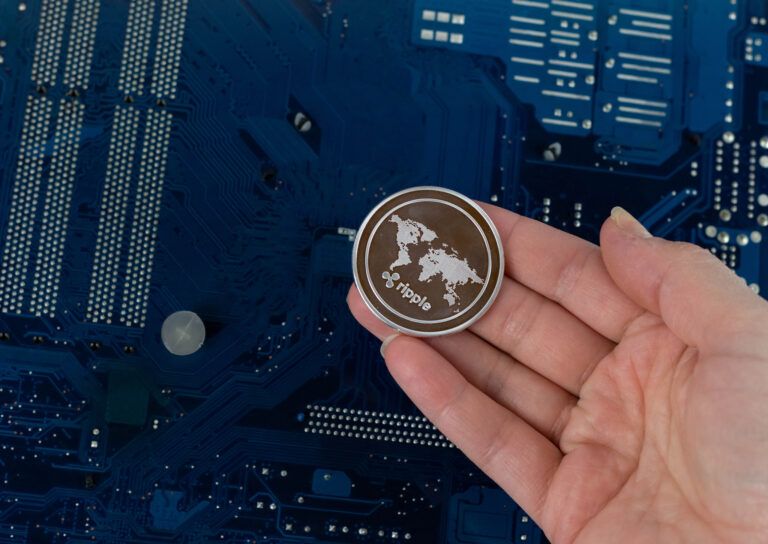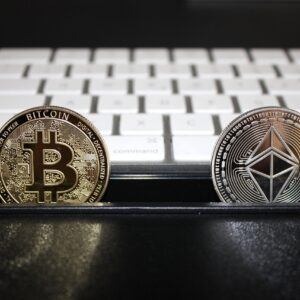A senior member of Ripple’s leadership team, Chief Cryptographer David Schwartz, apparently, has made the surprising (and perhaps a bit careless) admission, during an interview with one of Reuters’ Fintech correspondents, Anna Irrera, that the feedback from the banks is that “distributed ledgers are not yet scalable or private enough.”
According to the report from Reuters, Schwartz conceded that Ripple “hadn’t got there yet,” meaning that although many of Ripple’s customers, such as Banco Santander, are using Ripple’s xCurrent product, which does not used the XRP token or the shared/distributed XRP Ledger, it has not been so easy to get them equally excited about Ripple’s xRapid product, which uses both the XRP token and the XRP Ledger. Schwartz believes, based on feedback from the banks, that this is due to their concerns about scalability and privacy:
“What we hear from many of our customers is that it’s imperative to keep their transactions private, process thousands every second, and accommodate every type of currency and asset imaginable.”
The report also says that Ripple’s Senior Vice President of Customer Success, Marcus Treacher, added the following comment:
“We started out with your classic blockchain, which we love… The feedback from the banks is you can’t put the whole world on a blockchain.”
Shortly after the Reuters article was published on Wednesday, Schwartz wrote a post for Ripple’s Insights blog that tried to put his earlier remarks in context.
But first, here is a quick description of xCurrent from the documentation provided by Ripple:
“Ripple’s solution for banks, xCurrent, is built around an open, neutral protocol, Interledger Protocol (ILP), which enables interoperation between different ledgers and networks. It offers a cryptographically secure, end-to-end payment flow with transaction immutability and information redundancy. It is designed to comply with a bank’s risk, privacy and compliance requirements. It is architected to fit within a bank’s existing infrastructure, resulting in minimal integration overhead and business disruption.”
In his blog post, Schwartz compares Ripple’s Interledger Protocol (ILP) with Internet Protcol (IP), the principal communications protocol of the internet:
“In the same way IP became a universal format for sharing data across many different networks and beneath many different applications, the Interledger Protocol (ILP) — an open protocol suite for sending payments across different ledgers — will become the universal format for sharing payments across many different ledgers… For Ripple, ILP is an important component of our product strategy. We hear from many of our banking customers that it’s imperative to keep their transactions private, process thousands every second, and accommodate every type of currency and asset imaginable… That’s why we integrated ILP into xCurrent so that it could help process instant and certain transactions across an infinite number of ledgers — including blockchains like the XRP Ledger. This approach takes the best of blockchain but addresses its key limitations, which separates Ripple from blockchain companies and consortiums still stuck doing experiments… By connecting bank ledgers and existing infrastructure investments via ILP, banks are taking the first steps in improving global payments today — and in enabling a true Internet of Value.”
Then, after explaining the high costs of managing liquidity for cross-border payments, Schwartz goes on to say that it is important for banks to be brave enough to take the next step, which is to use xRapid and XRP to significantly lower their liquidity costs:
“The next step — after banks can connect proprietary ledgers — is to enable settlement with an open digital asset. This provides on-demand liquidity and reduces expensive foreign exchange costs… Ripple’s approach of settling with XRP concentrates liquidity around a universal asset without a counterparty, enabling any participant to contribute to the pools of liquidity and draw from them. Already, early adopters are seeing the benefit of using public liquidity pools between fiat and XRP with xRapid… At Ripple, we are focused on building a robust network for the future — where our solutions lay the framework for payments for the next 50 years or longer… This starts with providing technology that the current financial structure is comfortable with: xCurrent… In the near future, we anticipate that open ledgers like the XRP Ledger will facilitate instant settlement of payments globally. Banks will adopt products like xRapid that allow for easy transactions between fiat and XRP to substantially lower their liquidity costs.”
According to data from CryptoCompare, as of press time, XRP’s price has gone up 2% in the past 24 hours.
Featured Image Credit: “Bitcoin” by “Marco Verch” via Flickr; licensed under “CC BY 2.0”









